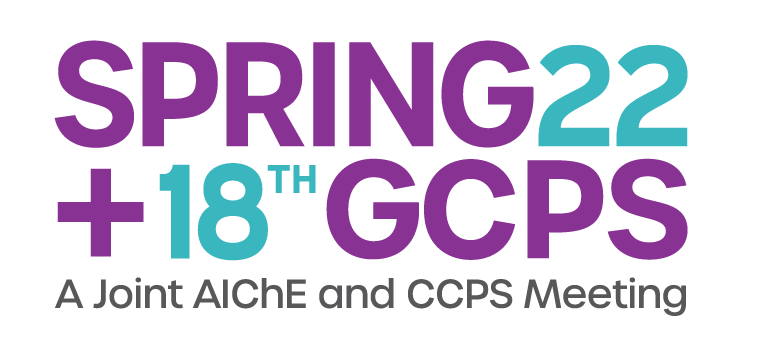

Co-generation and energy storage are two effective energy saving strategies for energy-intensive industrial processes like refining and chemical manufacture. Optimizing the control of energy dispatch is needed to be competitive for future energy trends where there are intermittent power sources [1]. Many processes, such as bleaching and drying of textiles and pulps, absorption chillers, enhanced oil recovery, etc.[2], have been simulated to utilize intermittent production and storage, but full-scale experimental studies are costly. This work presents a lab-scale benchmark study with the Temperature Control Lab (TCLab) to validate several optimization and simulation strategies for dispatch optimization with Model Predictive Control (MPC) with hardware-in-loop (HIL). Time series uncertainties are paired with optimizers to optimize dispatch that best utilizes the available energy during peak pricing. These results give important data for full-scale industrial dispatch optimization opportunities.
Methodology:
The TCLab validates the performance of an electrical grid dispatcher that is designed for a hybrid energy system. Test data and noise from the Arduino-based device confirm dispatcher stability and performance. Modeling and optimization of the dispatch is handled using nonlinear solvers through the Gekko Optimization Suite and Pyoptsparse [3]. Gekko solves the dynamic optimization using nonlinear programming (NLP) and differential algebraic equations (DAE). Gates et al. indicate that simultaneous methods outperform sequential methods for cogeneration optimal control [4]. Large scale nonlinear solvers IPOPT and APOPT are accessed through the two frameworks to find optimal control parameters.
A second study includes the addition of a cooling fan with the TCLab, so that both heating and cooling are available to the dispatcher. This HIL device simulates a thermal energy storage (TES) system with active charge and discharge capabilities. The test includes synthetic data as a time series to represent variable energy resources and demands.
Results and Implications:
The resulting lab-scale HIL simulation bridges the gap between simulated and physical energy storage. The results of the study demonstrate that MPC is effective for dispatch optimization, and the dispatcher validation is preparatory work for further experimental trials with a larger-scale TES system. Performance of the dispatch with MPC is tested for various system designs. Strengths and limitations of the approach are discussed with plans for scale-up testing for a lab-scale energy storage system under forecast and model uncertainty.
References
[1] Matthias Huber, Desislava Dimkova, and Thomas Hamacher. Integration of wind and solar power in europe: Assessment of flexibility requirements. Energy, 69:236–246, 2014.
[2] Blanco, M. and Santigosa, L.R. eds., 2016. Advances in concentrating solar thermal research and technology. Woodhead Publishing.
[3] Beal, Logan, et al. GEKKO Optimization Suite. Processes 6.8 (2018): 106.
[4] Gates, N.S., Hill, D.C., Billings, B.W., Powell, K.M. and Hedengren, J.D., Benchmarks for Grid Energy Management with Python Gekko.
Presenter(s)
Language
Pricing
Individuals
| AIChE Member Credits | 0.5 |
| AIChE Pro Members | $19.00 |
| AIChE Graduate Student Members | Free |
| AIChE Undergraduate Student Members | Free |
| Computing and Systems Technology Division Members | Free |
| AIChE Explorer Members | $29.00 |
| Non-Members | $29.00 |
